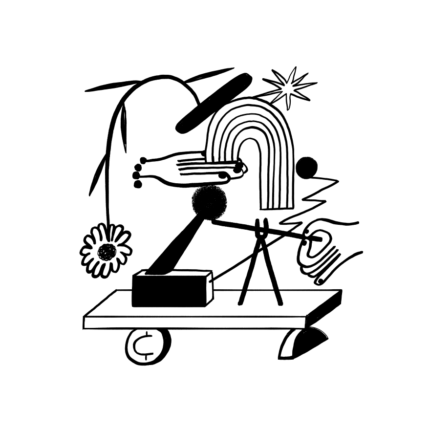
How my HSA factors into my long term investing strategy
There’s no one-size-fits-all approach to investing because everyone has unique goals.
For me, every decision starts with my investment policy statement, which is basically my personal financial roadmap. I wrote mine myself, but there are lots of great how-to guides for DIY investors! My policy statement guides my investing choices regardless of what’s happening in the stock market (which also helps me to avoid impulsive, emotionally-driven decisions).
Here’s how I created my very own investment policy statement and how it impacts my health savings account.
How to craft an investment policy statement
When starting something new, there’s always the temptation to dive right in, but with investing, it’s better to start with a plan. As I mentioned, I started with an investment policy statement—which covers my investing goals and timeline—along with the strategy to get there.
Pick your time horizon
To craft my investment policy statement, I began by jotting down some details about my financial goals. As a single, 36-year-old woman, my primary goal is saving for retirement—and with retirement still decades away—it’s tough to pinpoint an exact retirement number.
After all, there is plenty of time for major life events like marriage, children, graduate school, or buying another home. With these x-factors in mind, my current goal is to save and invest as much as possible. What all of this boils down to: I have a long-term investing timeline.
Choose your asset allocation
Next, I made notes about my investing risk tolerance, which tends to be more aggressive. This means I’m willing to take on more risk in the stock market, and possibly even lose money, for the potential to earn more money with higher investment returns. The purpose is to make it easier to choose my ideal mix of investments—a.k.a. my target asset allocation.
Based on my retirement savings goal, 30+ year timeline, and aggressive risk tolerance, my target asset allocation is about 54% U.S. stocks, 36% international stocks, 6.5% U.S. bonds, and 3.5% international bonds. This is based on my long-term goal to invest for retirement only. If I had other investing goals with different timelines—say, saving for a home down payment or saving for my kid to go to college—these allocations would look different.
(Hint: if you’re not sure where to begin with a target asset allocation, Morningstar has some research-backed allocations—based on your risk tolerance and retirement age—to steal ideas from.)
Make a list of your current investments
The next step was making a list of my current investments, which include investments in my Roth IRA, Solo 401(k), and my health savings account (HSA). If you’re like most people, this may look more like a collection of investments than a cohesive investment plan—but don’t worry! Your investment policy statement will fix that.
Decide how to pick your investments
For those new to investing, this step may be a little intimidating. This is where I made decisions on how to pick each of my future investments. For example, you may prefer to stick with funds over individual stocks. You may even specify that you prefer lower-cost funds—with fees below a certain percentage—versus more expensive funds with an active manager. Personally, I stick with low-cost funds like index funds or ETFs, which perform like part of the stock market.
Pick a monitoring schedule
After outlining everything above, I decided how often I would review my portfolio. This prevents me from checking in and panicking every time the media reports on swings in the stock market. I like to review my investments every quarter—but less often may be even better.
I also decided how often I would rebalance—or shift my portfolio back to my target asset allocation. After monitoring my portfolio every quarter, I rebalance if my asset percentages shift more than 5-10% of my original targets.
One of the benefits of monitoring is the ability to make changes. Your portfolio—and investment policy statement—may change over time. This is a good thing. Monitoring is the best way to keep track of when to make these changes.
My investment policy statement impacts my health savings account
I’ve written about my health savings account—and why I’m investing the balance—rather than reimbursing myself for short-term expenses right now. A recent report from Fidelity says that the average couple at 65 could need a whopping $295,000 to cover healthcare in retirement—and that doesn’t include the cost of long-term care.
$300-$400 out-of-pocket expenses now could be worth thousands more in 30 years. By keeping my HSA money in the market—it will have three more decades to grow—and may help cover more of my healthcare in the future.
Because of my long-term time horizon, I consider my HSA part of my overall portfolio. This means I review my investment policy statement—and consider my Roth IRA and Solo 401(k) investments—before making any HSA decisions. This includes my asset allocation, investment choices, and rebalancing.*
*All investment strategies and investments involve risk of loss. Any reference in this piece to an investment’s past or potential performance is not, and should not be construed as, a recommendation or as a guarantee of any specific outcome or profit.


